Cumbe Mayo and Los Frailones
Pre-Incan aqueduct amidst a stone forest in Peru.
11,000 feet above the sea in the Peruvian Highlands, a 3,500-year-old aqueduct cut out of volcanic rock snakes down hills and valleys toward the city of Cajamarca.
Built by an advanced pre-Inca society around 1500 B.C.E, the Cumbe Mayo, which translates to thin river, is thought to be one of the oldest man-made structures in South America. It carefully follows the grade of the land, draining water from the hills’ melting snow, to the arid cities in the valleys below. As water was a scarcity, it was worshipped by the Cajamarca people thousands of years ago, and every drop was carefully collected.
Besides the aqueduct, which is cut from the volcanic rock around it, a number of petroglyphs on the structures and in surrounding caves provide some insight into the culture that built the infrastructure.
Towering above the Cumbe Mayo, are Los Frailones, the Stone Monks. Los Frailones are massive volcanic pillars, some stretching as high as 60 feet. The stone forests suddenly appear from the landscape, starkly contrasting the flat, tree-less plains around Cajamarca. Many of the pillars, carved by wind and rain have taken on new shapes, resembling hands and even animals, and allowing the mind to wander in the pristine Peruvian setting.
Although the stone forests and ancient ruins of pre-Incan society give the area a beautiful and almost spiritual dimension, it is hard to overlook Cajamarca’s tragic history, as the location where Spanish forces slaughtered the Incas, thousands of years after Cumbe Mayo was constructed.
Know Before You Go
Buses from Cajamarca take one hour

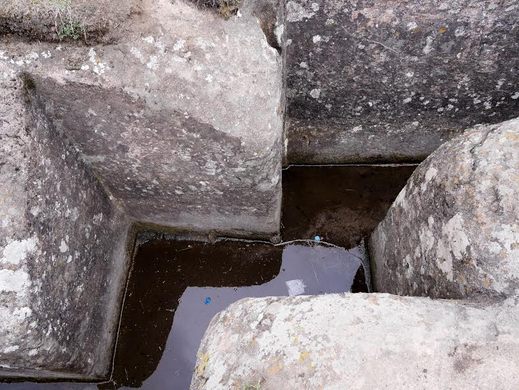


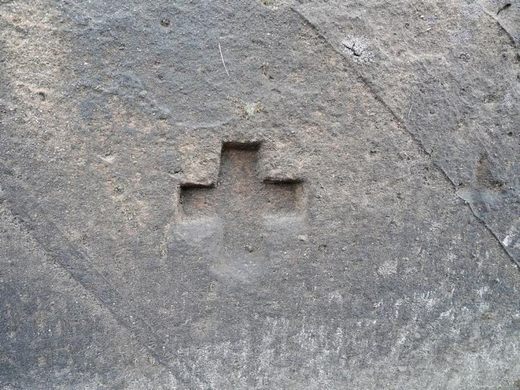

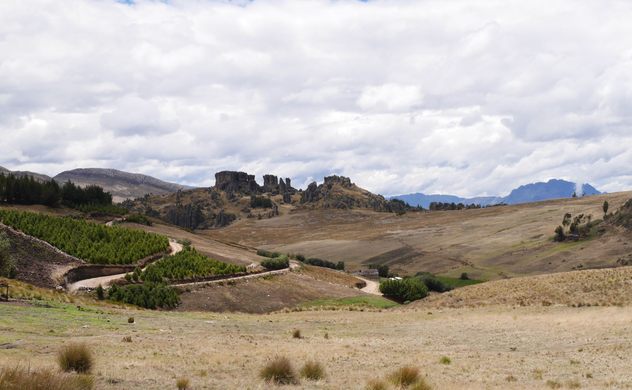




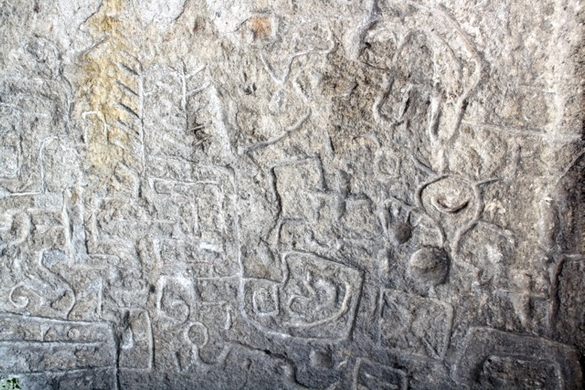

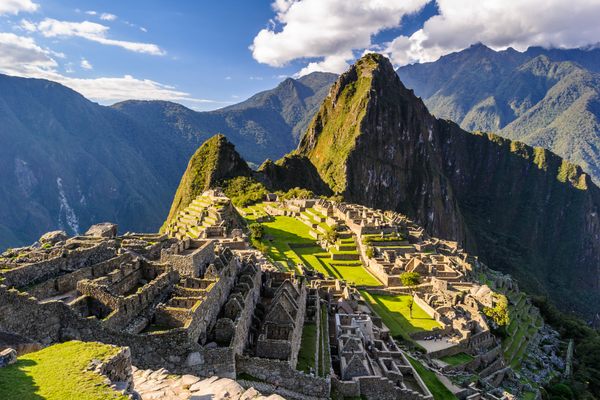








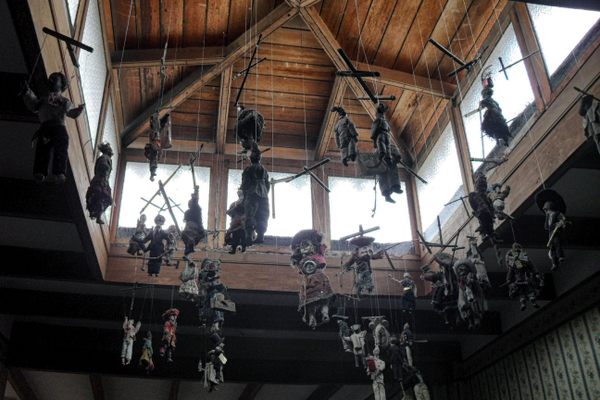

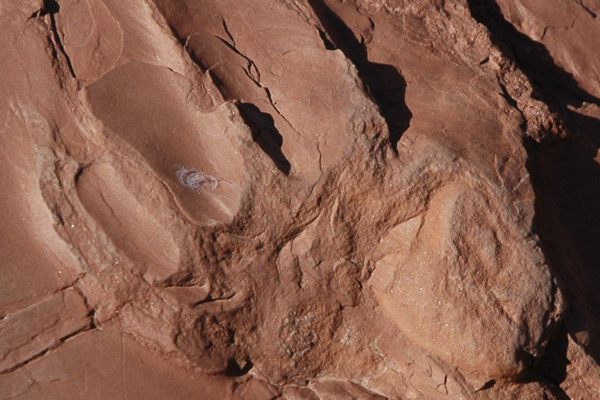



Follow us on Twitter to get the latest on the world's hidden wonders.
Like us on Facebook to get the latest on the world's hidden wonders.
Follow us on Twitter Like us on Facebook